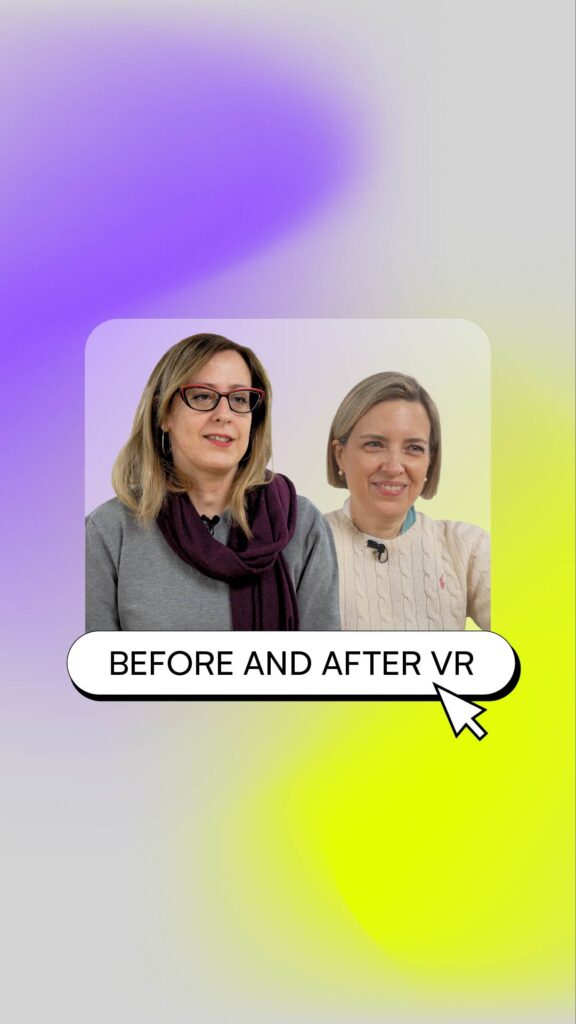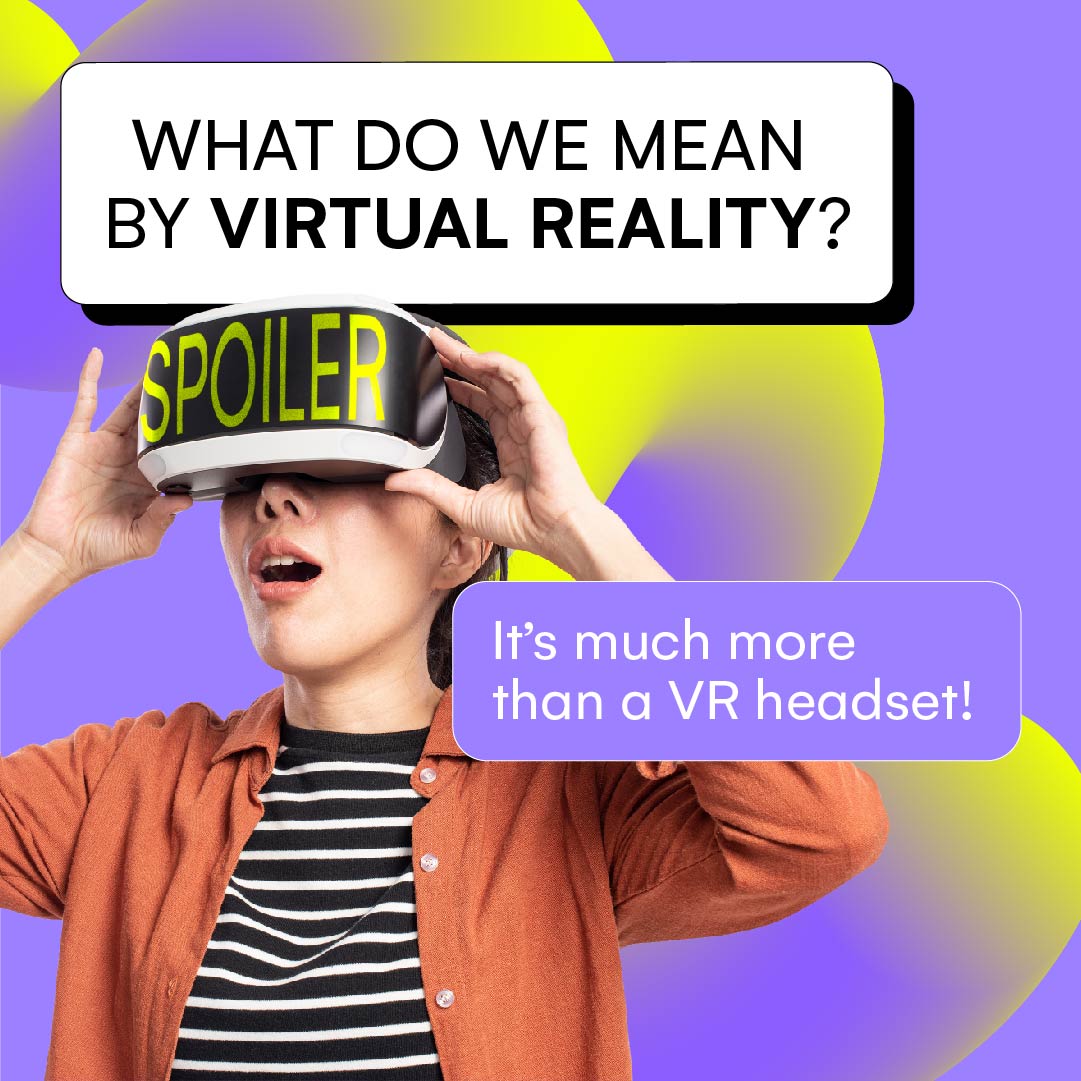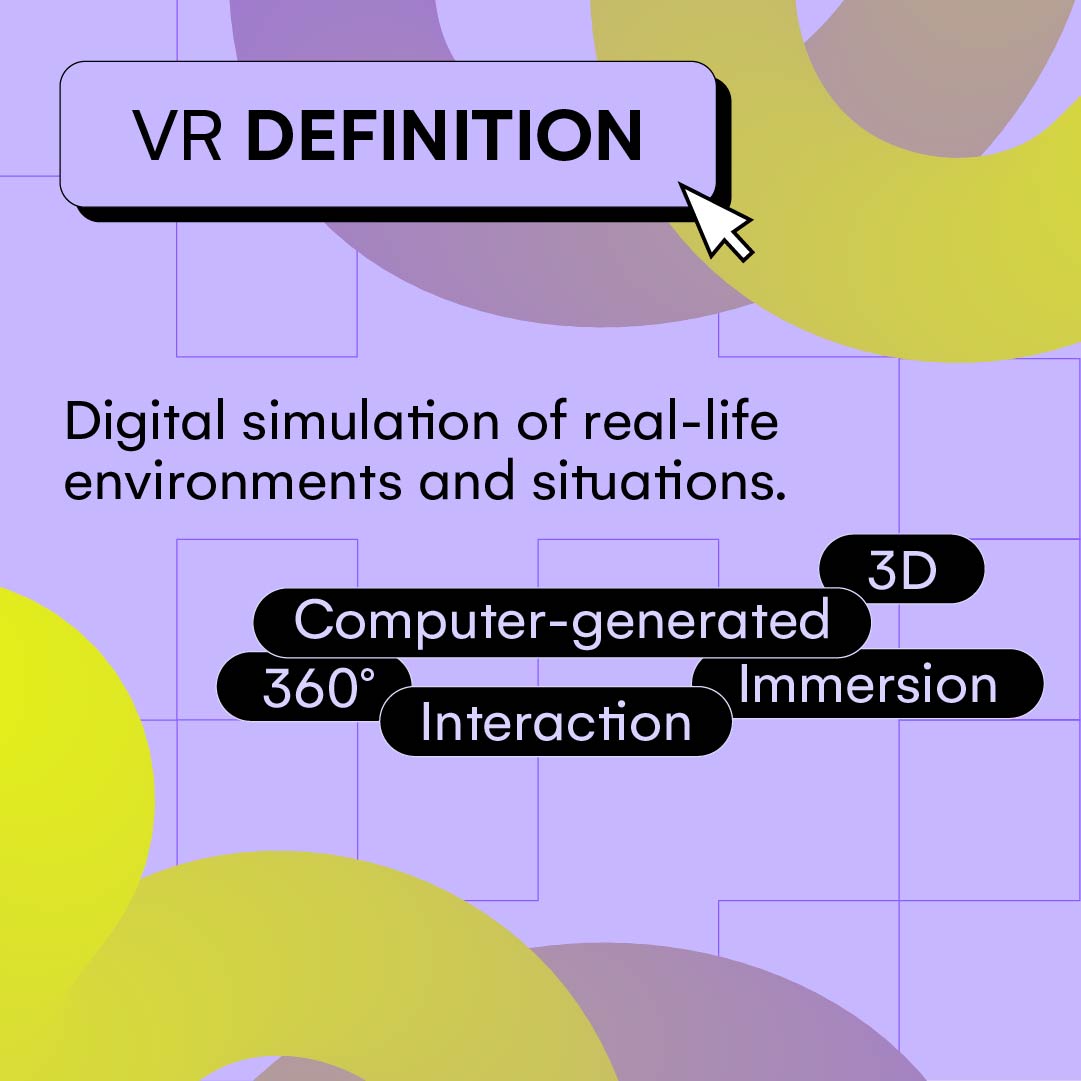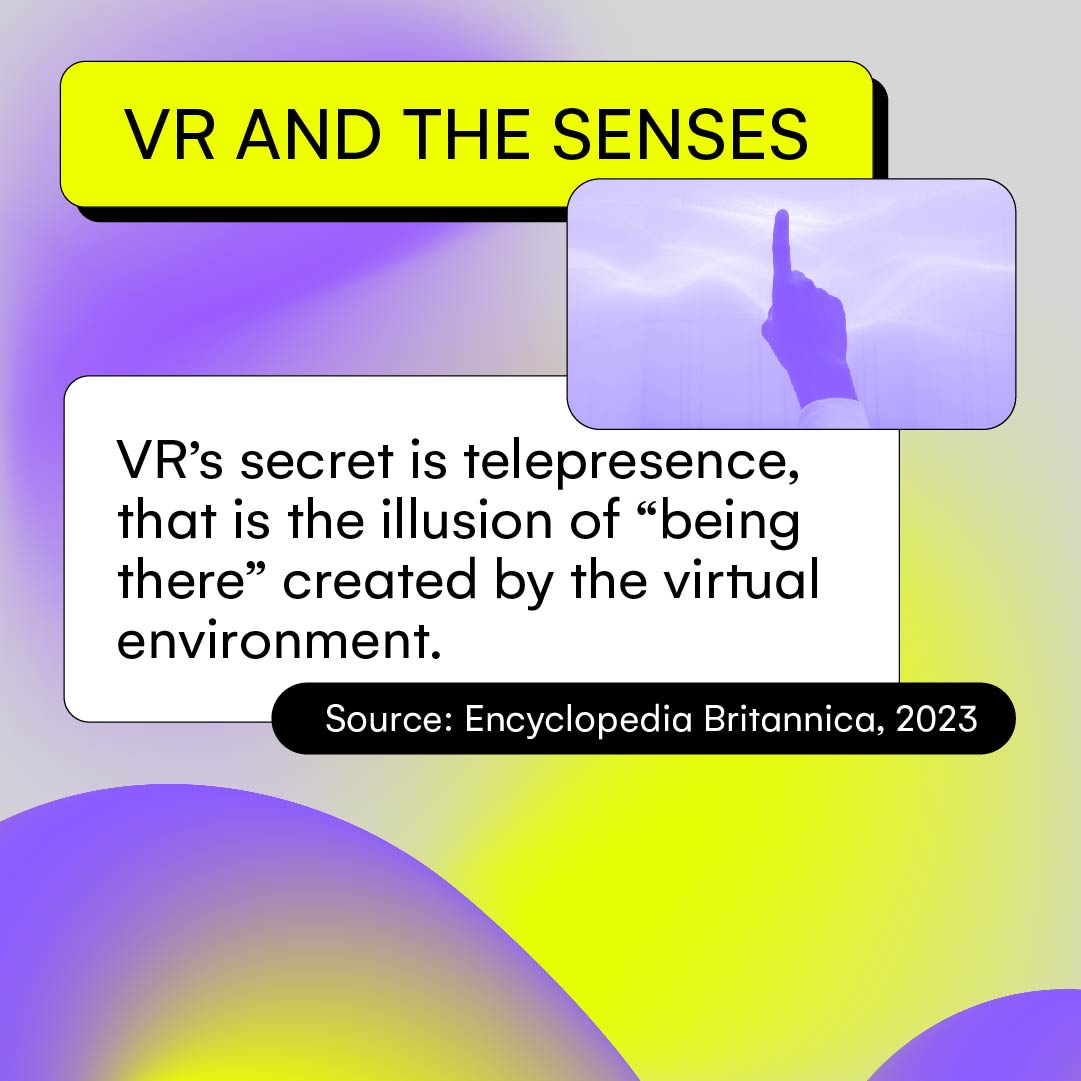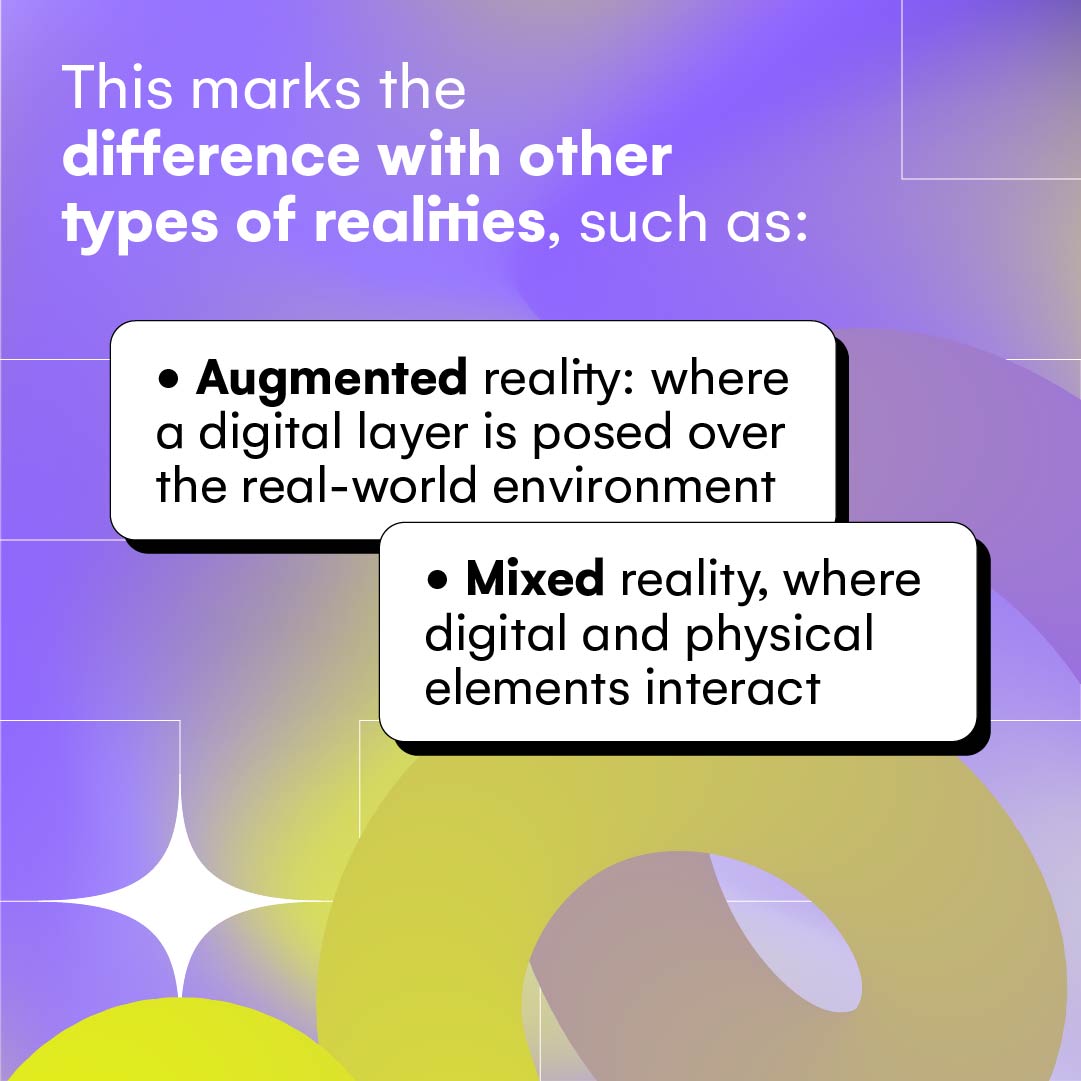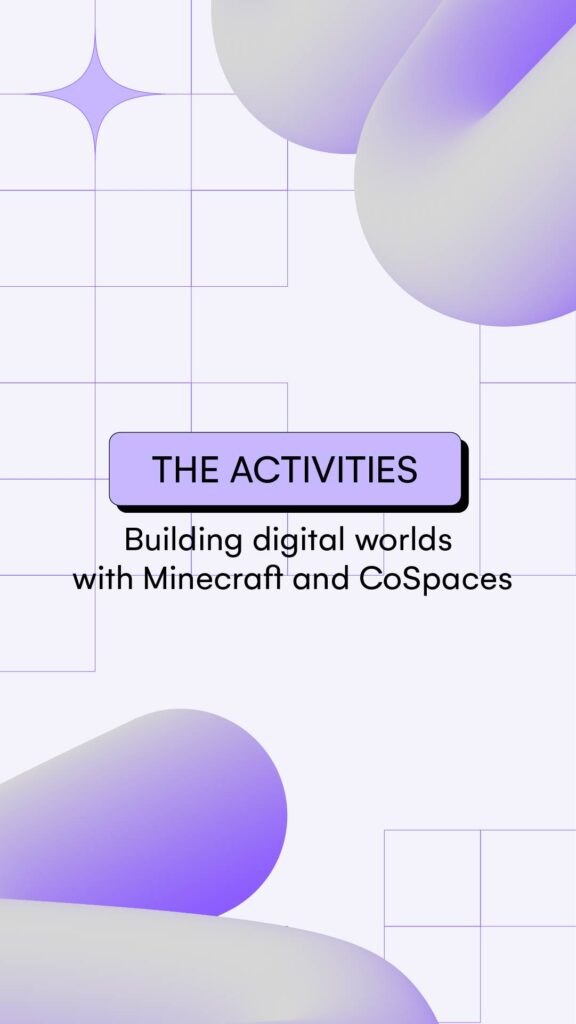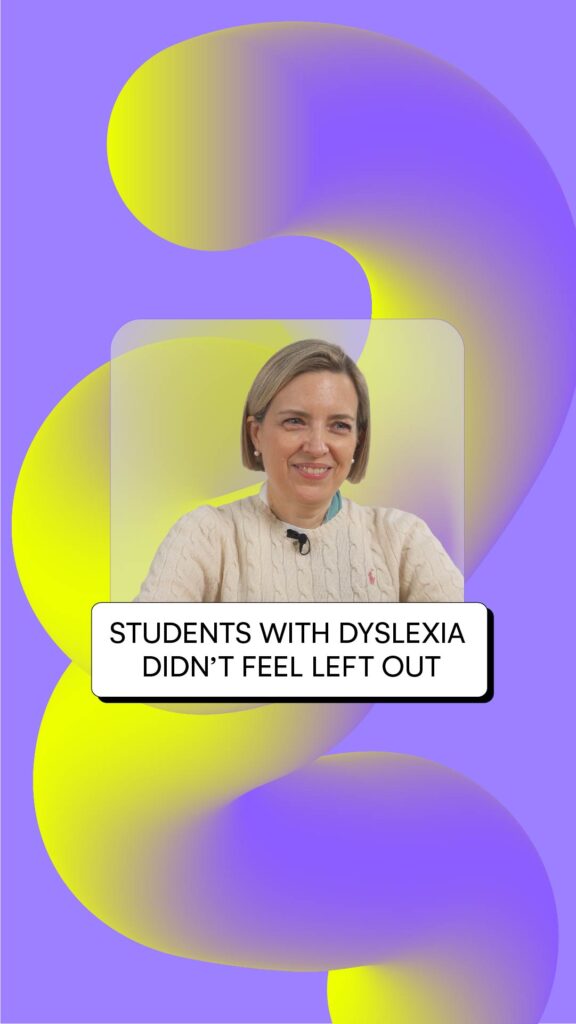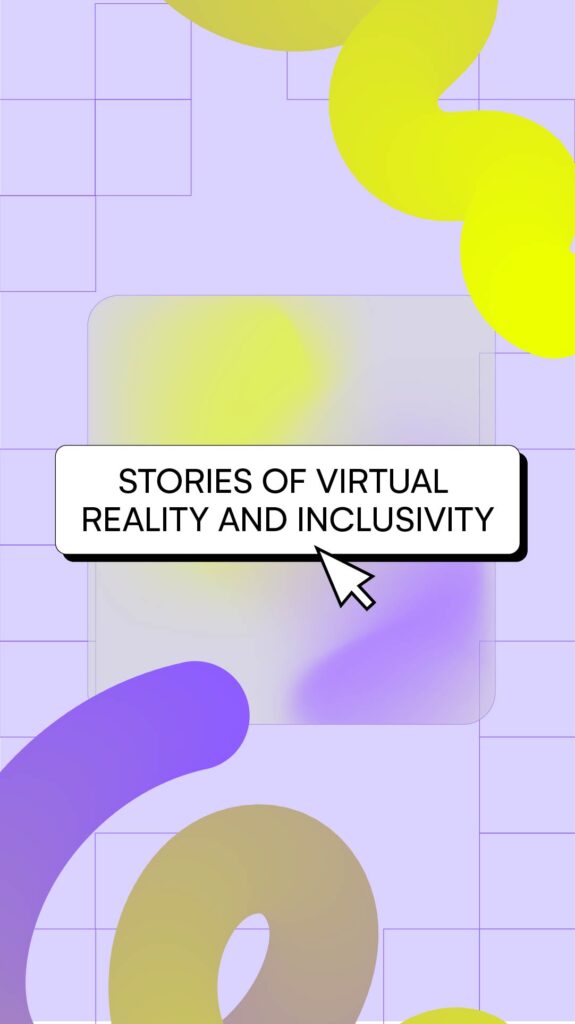Can you use video games and tools like Minecraft and CoSpaces in the classroom? Here’s a story on how these technologies can foster inclusion and participation: read on to discover the way two Italian teachers used virtual reality to help students with special learning needs.
Before taking part in 5G Smart School, an education project that provided them with new teaching methods and technologies, Chiara and Enrica were a little bit scared about the effect of these tools in the classroom. However, introducing virtual reality into their English classes drastically transformed their perspective.
They realized how modern technology can improve peer to peer collaboration, positively change the relationship dynamics in the classroom and provide new modes of involvement for students with specific learning needs, resulting in more inclusive activities for all.
But what exactly did these two teachers do? And what platforms and devices did they use? Leveraging the full potential of two interactive tools, Chiara and Enrica created more inclusive lessons for their students.
Minecraft is one of the most widely used tools for education - it even has a version especially developed for teaching purposes.
You can build new worlds from scratch with cubes that give shape to landscapes and buildings - an extremely customizable digital Lego!
Minecraft gives you the possibility to collaborate in the construction of the same world.
CoSpaces Edu, on the other hand, is a web-based application that can be used to design immersive 3D environments, which can then be explored through VR or AR technologies. It even has the possibility to add animations and interactions through simple block-based coding.
Virtual reality offers new participation possibilities that are more inclusive compared to what the standard school setting allows. In particular, students with special learning needs or disabilities – like dyslexia, for example – can overcome the obstacles they normally face through the peculiar features of VR environments. In fact, the whole class can benefit, as everyone can contribute to the group in new ways, fostering peer-to-peer communication and collaboration.
What will Chiara and Enrica treasure from this experience? How will this impact their future lessons? From Minecraf mindmaps to stories of inclusion: discover what virtual reality can bring to the classroom.
